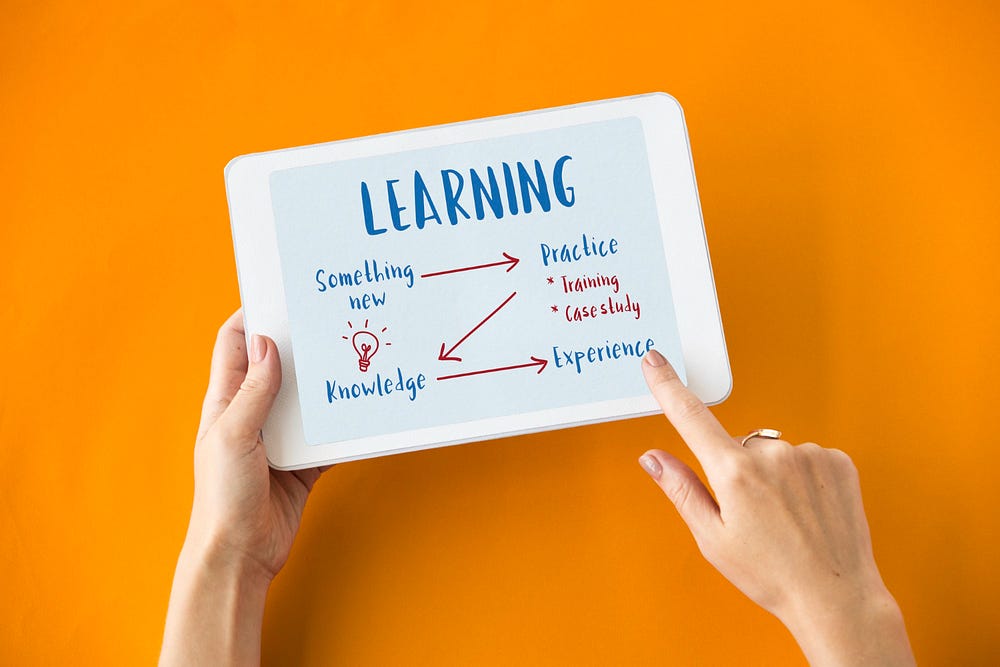Compliance training is a critical aspect of organizational management, ensuring that employees understand and adhere to laws, regulations, and company policies. However, traditional compliance training methods, often perceived as tedious and ineffective, can lead to disengagement and poor retention of essential information. This is where custom eLearning solutions come into play, offering a dynamic and tailored approach to compliance training that can significantly enhance its effectiveness.
In this blog, we will explore the benefits of custom eLearning for compliance training and outline best practices for developing an impactful compliance eLearning program.
Why Custom eLearning for Compliance Training?

1. Tailored Content for Specific Needs
Every organization has unique compliance requirements, whether related to industry regulations, internal policies, or legal mandates. Custom eLearning allows for the development of content that is specifically designed to address these unique needs, ensuring that employees receive relevant and applicable information.
2. Increased Engagement Through Interactive Learning

Custom eLearning solutions can incorporate interactive elements such as quizzes, simulations, and scenarios that make compliance training more engaging. By moving away from passive learning methods, employees are more likely to remain engaged and retain important information.
3. Flexibility and Accessibility
Compliance training often needs to be completed by all employees, regardless of their location or schedule. Custom eLearning can be accessed anytime, anywhere, allowing employees to complete training at their own pace. This flexibility is particularly beneficial for organizations with remote or globally distributed workforces.
4. Scalability
Custom eLearning solutions are scalable, making it easy to update content as regulations change or as new policies are introduced. This ensures that all employees receive the most current information without the need for repetitive in-person training sessions.
5. Consistent Delivery of Information

With custom eLearning, you can ensure that every employee receives the same level of training, reducing the risk of discrepancies in knowledge and understanding. This consistency is crucial for maintaining compliance across the organization.
Best Practices for Developing Compliance eLearning
1. Conduct a Needs Assessment
Before developing your compliance eLearning program, conduct a thorough needs assessment to identify the specific compliance areas that need to be addressed. This will help you tailor the content to your organization’s unique requirements.
2. Incorporate Real-Life Scenarios
Use real-life scenarios and case studies to make the training more relatable and practical. This approach helps employees understand how compliance regulations apply to their daily work and the potential consequences of non-compliance.
3. Make It Interactive
Incorporate interactive elements such as quizzes, branching scenarios, and gamification to keep learners engaged. Interactive content not only makes the learning process more enjoyable but also reinforces key concepts through active participation.
4. Keep It Simple and Focused

Compliance training can be overwhelming if it’s too dense or covers too much information at once. Break down the content into manageable modules that focus on specific topics. Use clear and concise language to ensure that the information is easily understood.
5. Regularly Update the Content
Compliance requirements can change frequently. Ensure that your eLearning content is regularly reviewed and updated to reflect the latest regulations and policies. This will keep your training relevant and effective.
6. Track and Measure Learning Outcomes

Use learning management systems (LMS) to track employee progress and measure the effectiveness of the training. Look for patterns in quiz scores, completion rates, and feedback to identify areas for improvement.
7. Provide Continuous Learning Opportunities
Compliance is an ongoing process, not a one-time event. Offer continuous learning opportunities through refresher courses, updates on new regulations, and additional resources to reinforce key compliance concepts.
Conclusion
Custom eLearning for compliance training offers a flexible, engaging, and effective way to ensure that your employees are well-versed in the regulations and policies that govern your organization. By following best practices such as tailoring content to specific needs, incorporating interactive elements, and regularly updating the material, you can create a compliance training program that not only meets regulatory requirements but also fosters a culture of compliance within your organization.
Investing in custom eLearning solutions for compliance training can lead to a more knowledgeable, compliant workforce, ultimately reducing the risk of violations and enhancing overall organizational performance.







